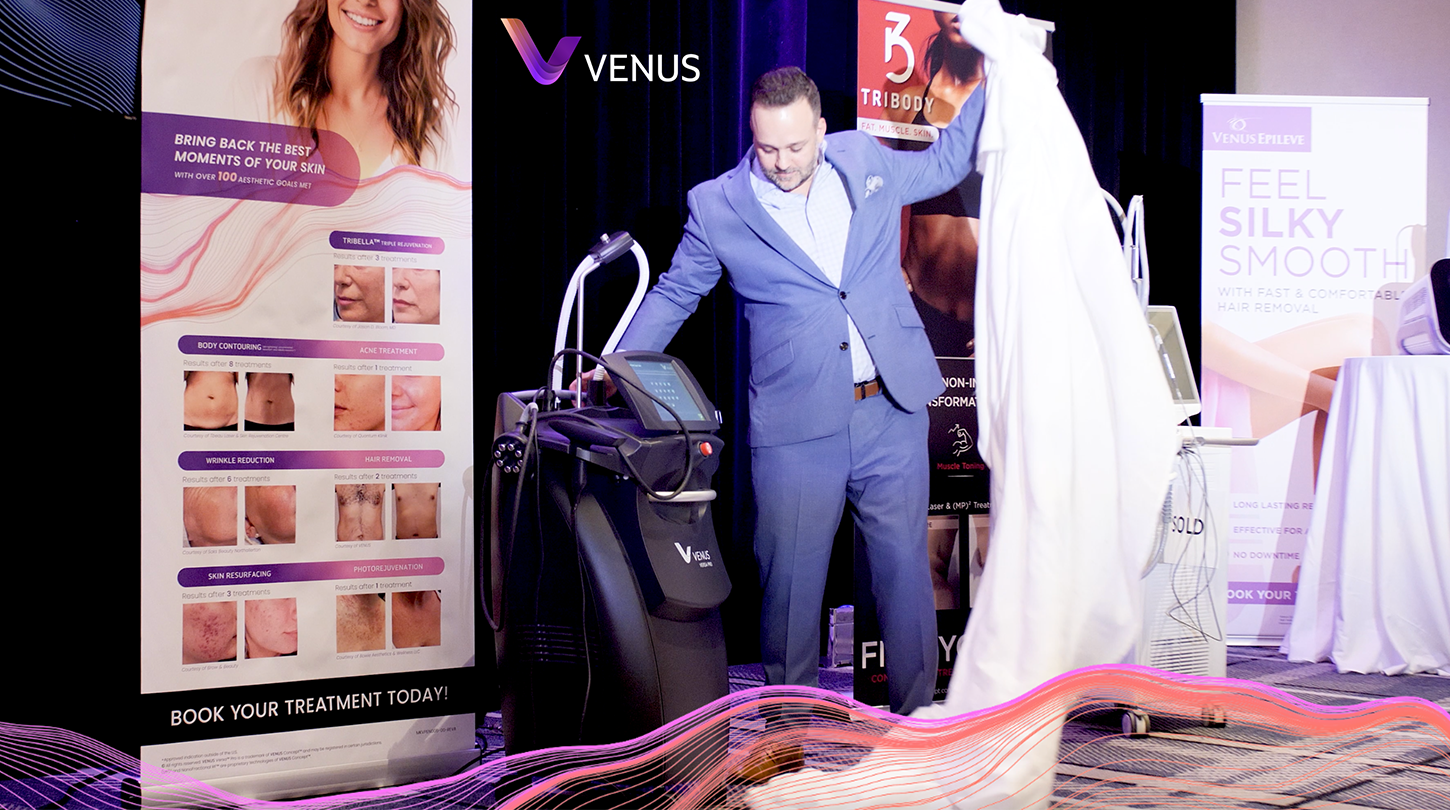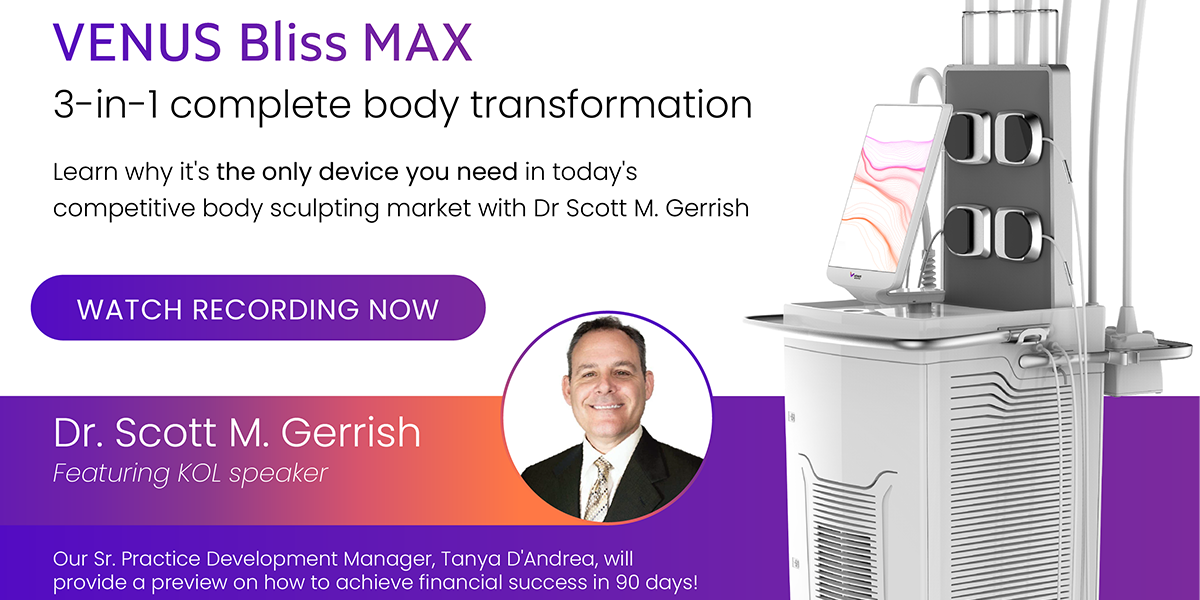Patient Selection and Evaluation for ARTAS iX™ Hair Transplant Procedures

One of the most important functions of any medical aesthetics consultation is for the patient and physician to get to know each other. The goal is to provide the patient with a sense of the physician’s business values and skills while establishing trust, and to offer physicians significant insight into whether or not a patient is an ideal candidate for their services. To achieve optimal efficacy, you and your staff need to accurately evaluate and select the most appropriate patients. While ARTAS iX™ hair restoration procedures are designed to deliver excellent results for men experiencing hair loss and thinning, there are some factors that come into play to determine if a prospective patient is an ideal candidate.
Top Tips for Evaluating and Selecting Prospective ARTAS iX™ Patients
Tip #1: Consider the Cause
The root cause of a patient’s hair loss or thinning is an important consideration for patient selection and a first step in patient evaluation. Generally speaking, hair transplantation therapy may not be effective in patients experiencing hair loss as a result of medical causes, as it is unlikely for implanted follicles to take hold due to underlying factors. On the other hand, hair loss as a result of Androgenetic Alopecia, which is a common form of hair loss that primarily begins at or above the temples, may be effectively treated with ARTAS iX™ hair transplantation treatments. A complete interview and evaluation is mandatory with each new prospective hair restoration patient.
Tip #2: Evaluate the Extent of Hair Loss
ARTAS iX™ combines robotic and artificial intelligence (AI) technology to form a cutting-edge hair transplantation system that delivers minimally invasive Follicular Unit Extraction (FUE) procedures/capabilities. Using the ARTAS iX™ harvesting function, the physicians, aided by image-guided robotics, analyze and select appropriate grafts from the patient’s donor area. Once the system has identified these follicles, the robot dissects the follicular units with precision using intuitive controls and intelligent algorithms. This process enables the grafts to be harvested at an optimal angle and depth that conserves its viability and the natural look of the patient’s donor area. Next, the patented and proprietary ARTAS iX™ system is used to make recipient sites and implant the grafts, during which it is able to identify and protect existing terminal hair in the recipient area.
While more dramatic results are usually seen with patients experiencing advanced hair loss, it is important to consider whether there is a sufficient source of donor hair to transplant without creating visible thinning. In other words, prospective patients are ideal candidates for the ARTAS iX™ hair transplantation procedure if the donor area along the sides and back of the head can provide a sufficient number of follicles for current and potential future treatments, providing adequate coverage in the recipient area—a calculation otherwise known as the donor-to-recipient area ratio. If this is not the case, alternative therapies or complementary treatments may be considered to improve outcomes.
Tip #3: Ask About Age
Be cautious when advising hair transplantation to patients in their early 20s or younger. While these patients may be more eager to opt for hair transplantation surgery (with authorization from a legal guardian for those under 18), beginning the transplantation process at too young an age could affect long-term results. Generally speaking, younger patients who experience premature hair loss are much more self-conscious of their hairlines and are likely to seek out ways to restore hair fast. As a result, these patients often hold lofty and unrealistic expectations of what may be achieved with hair transplantation procedures—a significant red flag. Since younger transplant recipients may require multiple procedures over their lifetime, it is important to assess the amount of donor hair available in order to avoid potentially unnatural and disappointing long-term treatment outcomes. For these patients, offering a more conservative or non-surgical alternative in the immediate term and following it up with an ARTAS iX™ treatment plan as they get older may be the preferred course of action.
Tip #4: Determine the Motivating Factor and Expectations
Asking about a prospective patient’s reason for their interest in a particular treatment can offer a lot of insight into their maturity level and overall expectations. As with any aesthetic treatment, results are never guaranteed, so patient perceptions should be evaluated to ensure they have realistic expectations going into the procedure. Further, the motivation behind those expectations should be a key factor in patient selection. Patients should show signs that they are motivated to seek treatment to “minimize” or “improve” their hair loss concerns, not “resolve” them permanently. For some, education may correct lofty expectations, but your team should also know how to spot the most common red flags of a patient who may never be happy with the outcome. Ensuring an honest and thorough consultation in which the patient can feel comfortable asking questions and expressing their concerns will go a long way in patient selection. Further, knowing when not to proceed with treating a patient can help to protect the success of your clinic, particularly for those just launching a new hair restoration business.
Tip #5: Note the Patient’s Priorities
Finally, some patients may express concerns with certain steps in more traditional hair restoration treatments—this will better help you determine what treatment will offer results that are in line with their personal aesthetic goals and lifestyle. Many prospective patients may note concerns regarding scarring, for example. It would certainly be beneficial to inform them of the FUE treatment available with ARTAS iX™, which avoids linear scarring via individual follicle harvesting rather than the Follicular Unit Transplantation (FUT) technique, also known as the strip method. Another example could be regarding downtime. Whatever the patient’s concerns are, ensure that your recommended treatment plan takes them into account to avoid potential disappointment and negative reviews. An upset patient can cause a lot of damage to your clinic’s reputation and this can be easily avoided through a comprehensive patient evaluation and selection procedure that considers their concerns above your sales.
Last but not least
Of course, considering contraindications and lifestyle factors that may impact efficacy is also a key factor in patient selection and evaluation for hair transplantation procedures. For example, in a patient who smokes, transplanted grafts may have more difficulty growing due to the restriction in blood oxygen levels and poor blood circulation linked to a host of conditions. The underlying point to consider when screening patients during an initial consultation is that you and your staff do your own due diligence. Ensure your patient intake forms list the main health-related questions and have your staff review these points with the patient. You may also create a reference sheet listing all additional questions, considering some of those linked to the above points, that can be used both during the initial consult and to determine the best long-term treatment plan for the patient.
Interested in learning more about what sets ARTAS iX™ apart as a leader in robotic FUE technology and an intelligent hair loss solution? Get in touch with an expert today using the button below.

Why Venus
Body Devices
Body Treatments
Face & Skin Devices
Face & Skin Treatments
Hair Restoration Devices
Hair Removal Devices
Legal
For more information call: (888) 907-0115 // info@venusconcept.com // 235 Yorkland Blvd., Suite 900, Toronto, ON, M2J 4Y8 Canada
For more information call: (888) 907-0115 // info@venusconcept.com // 235 Yorkland Blvd., Suite 900, Toronto, ON M2J 4T8 Canada






